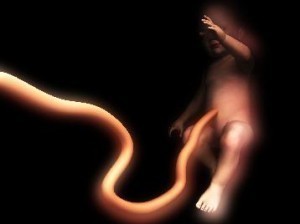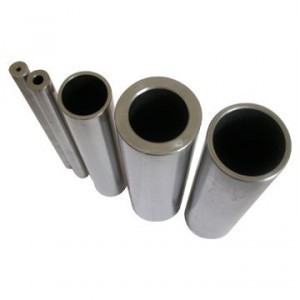Umbilical Cord Length
The umbilical cord is usually found in placental mammals,  which is also known by other names like funiculus umbilicalis or birth cord. It connects the placenta to the fetus or developing embryo. In humans, the cord is buried in Wharton’s jelly, which then contains the umbilical vein and the umbilical arteries. The purpose of the umbilical vein is to supply the fetus with nutrient-rich and oxygenated blood that is coming from the placenta. On the contrary, the purpose of the umbilical arteries is to return nutrient-depleted and deoxygenated blood. Aside from these important details, it is good to know the average umbilical cord length.
which is also known by other names like funiculus umbilicalis or birth cord. It connects the placenta to the fetus or developing embryo. In humans, the cord is buried in Wharton’s jelly, which then contains the umbilical vein and the umbilical arteries. The purpose of the umbilical vein is to supply the fetus with nutrient-rich and oxygenated blood that is coming from the placenta. On the contrary, the purpose of the umbilical arteries is to return nutrient-depleted and deoxygenated blood. Aside from these important details, it is good to know the average umbilical cord length.
The Length of Umbilical Cord
In a full-term neonate, the length of umbilical cord is usually 20 inches or 50 centimeters. It has a diameter of 0.75 inches or 2 centimeters, which rapidly decreases within the placenta. It contains the remnants of the allantois and yolk sac, from which it was developed. It starts to form during the fifth week of the development of the fetus. By that time, it replaces the yolk sac as the nutrient source of the fetus. It is connected indirectly to the circulatory system of the mother, the purpose of which is to transfer nutrients to and from the blood of the mother without direct mixing.
Additional Facts and Other Interesting Details
The umbilical cord is made up of Wharton’s jelly, a substance comprised of mucopolysaccharides. There are certain abnormalities that can lead to problems such as velamentous cord insertion, vasa previa as well as umbilical cord entanglement. Aside from these, it is also a chance for it to suffer from other problematic conditions like umbilical cord knot, umbilical cord prolapse, single umbilical artery and nuchal cord.
Artificial clamping is introduced by general hospital-based obstetric practice, which is commonly done as early as 1 minute after childbirth. However, this procedure can be delayed by as much as 5 minutes or longer in birthing centers. After clamping, the cord is cut, which is actually painless because no nerve is involved in the process. A sharp instrument is necessary to perform it, mainly because of the extremely tough nature of the cord.
For faster and safer results, modern clamps now feature knives for easier cutting. Once the cord is clamped and cut, an umbilical stub will remain, which usually lasts for about 7 to 10 days before it dries and falls off completely. Moreover, some parents prefer to observe the practice referred to as umbilical non-severance or lotus birth. Instead of cutting, the cord is left intact until it dries like a sinew. It will naturally separate and fall off, which will then leave a healed umbilicus.





